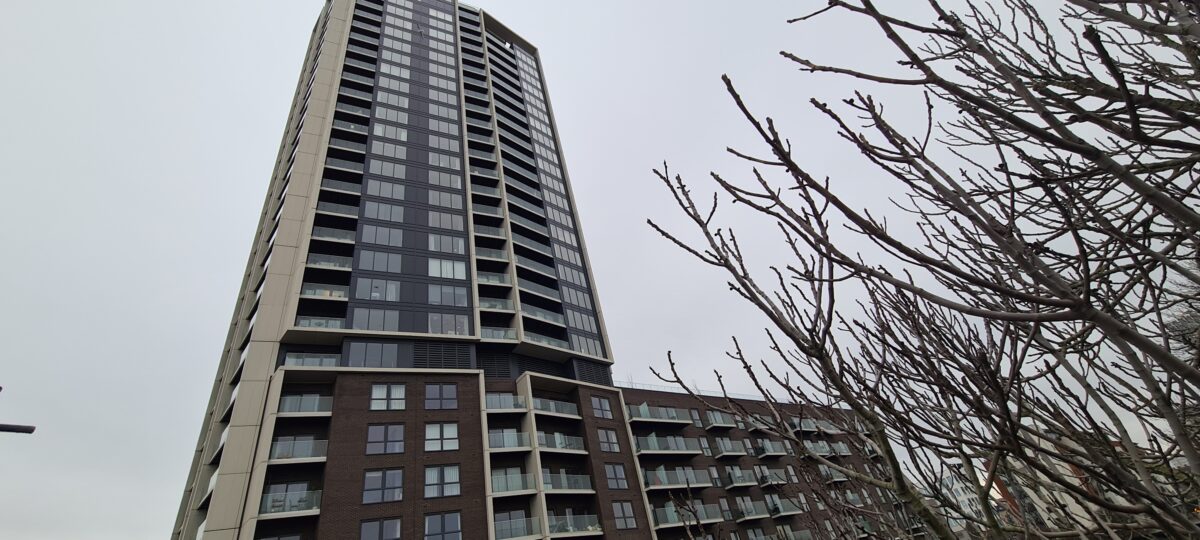The Government has made the startling admission that it does not know how many people have transitioned to full ownership under its Shared Ownership model. Despite not knowing how effective it is, the Government has set out its expectation that Shared Ownership will account for the “vast majority” of the home ownership homes it funds.
Whilst the proposed new Shared Ownership model will make it easier both for people to buy an initial stake and then to increase their equity in the property, for some, the uncertainty over exactly how long it will take them to fully own their home will still not suit their needs. If you buy an initial 10% stake, after 15 years of gradual staircasing at 1% you would still only own 25% of the home. Legal fees apply at each increase and if shared owners want to buy larger shares using the existing process then all fees (valuation and legal) remain their responsibility. However large their share is, tenants also have to pay 100% of service charges.
For some aspiring homeowners, this part-rent, part-own process remains complicated and unattractive. Yet with first-time buyer deposits jumping £10,000 last year to nearly £60,000, key workers and those on lower incomes will struggle to buy on the open market. Despite the return of some 10% deposit mortgage deals, rising house prices combined with a partial public-sector pay freeze make saving this amount of money completely unrealistic for many.
As we have argued before in this blog, the key to widening access to home ownership is addressing the difficulty in saving for a deposit. It is this that is blocking many renters who could afford mortgage repayments from being able to buy a home. This has been compounded by coronavirus. The Joseph Rowntree Foundation’s annual report on poverty highlights that 41% of private renters who have seen a drop in income since March have had to use their savings to make up for the shortfall; savings that they might have been hoping to use for a house deposit. Many others didn’t have any savings to fall back on; over two thirds of social renters and almost half of private renters in the bottom half of the income distribution had less than £500.
Rent to buy schemes address this hurdle by not requiring any initial deposit when people move into a brand new house. They also provide a clear and defined route to full ownership with tenants buying their home outright at a set 5 yearly interval. Paying only an affordable rent enables them to save more for a deposit than if they were renting privately. At Rentplus we add to that by giving them a gifted lump sum of 10% of the value of the property when they are ready to buy.
In the meantime all repair and maintenance costs are covered by the landlord and service charges are included up until the point they become full homeowners.
The model is open to aspiring buyers provided they are working or in training. They undergo a financial assessment of their likely ability to buy before being accepted onto the scheme. Generally, applicants need to be on the local housing waiting list or Help to Buy or Shared Ownership register to be considered and they usually have a local connection to the area. In some areas up to half of tenants have moved out of existing social housing; freeing this up to be re-allocated to those most in need. Over half of all our tenants are key workers.
Unlike the unknown effectiveness of shared ownership in helping people to fully own their home, this spring the first of Rentplus’ tenants will become 100% homeowners after just 5 years.
Whilst all tenants are currently on track to buy, inevitably down the line some people’s circumstances will change and not everyone will be successful in purchasing at the planned date. In these cases tenants can opt to renew their tenancy in five year increments up to 20 years. If at this point they still can’t buy, we will work with the council and housing association to support them to look for new accommodation. They will have still benefitted from a 20 year affordable rent.
Rentplus’ model is fully funded by institutional investment bringing in additional housing finance and enabling councils to direct their grant funding to delivering social rented homes.
The main constraint to the model is that demand outstrips supply as only a small proportion of local authorities have adopted it to date.
Homes England reported a 34% decrease in affordable home ownership scheme starts over the six months to September 2020. Whilst coronavirus was a factor, this highlights the much greater role that privately funded providers can play in boosting the overall number of homes for first-time buyers with no reliance on Government funding.
The Government and local authorities should do more to encourage the development of innovative home ownership models on a much wider scale instead of putting all their eggs in the unproven, shared ownership basket.


One reply on “Shared Ownership Will Not Provide All The Answers For Key Workers Hoping to Buy”
Renting to buy should also be compatible with custom-splitting, where equity is released by a household with space to spare they would be willing to share. Residential sub-divisions would enable downsizing in place, the meeting of housing needs within carbon budgets (inc in terms of construction carbon and the occupation of the space and fabric being heated and insulated) and addressing the demand for custom-building.
http://dantheplan.blogspot.com/2017/08/migrating-to-problematic-future.html